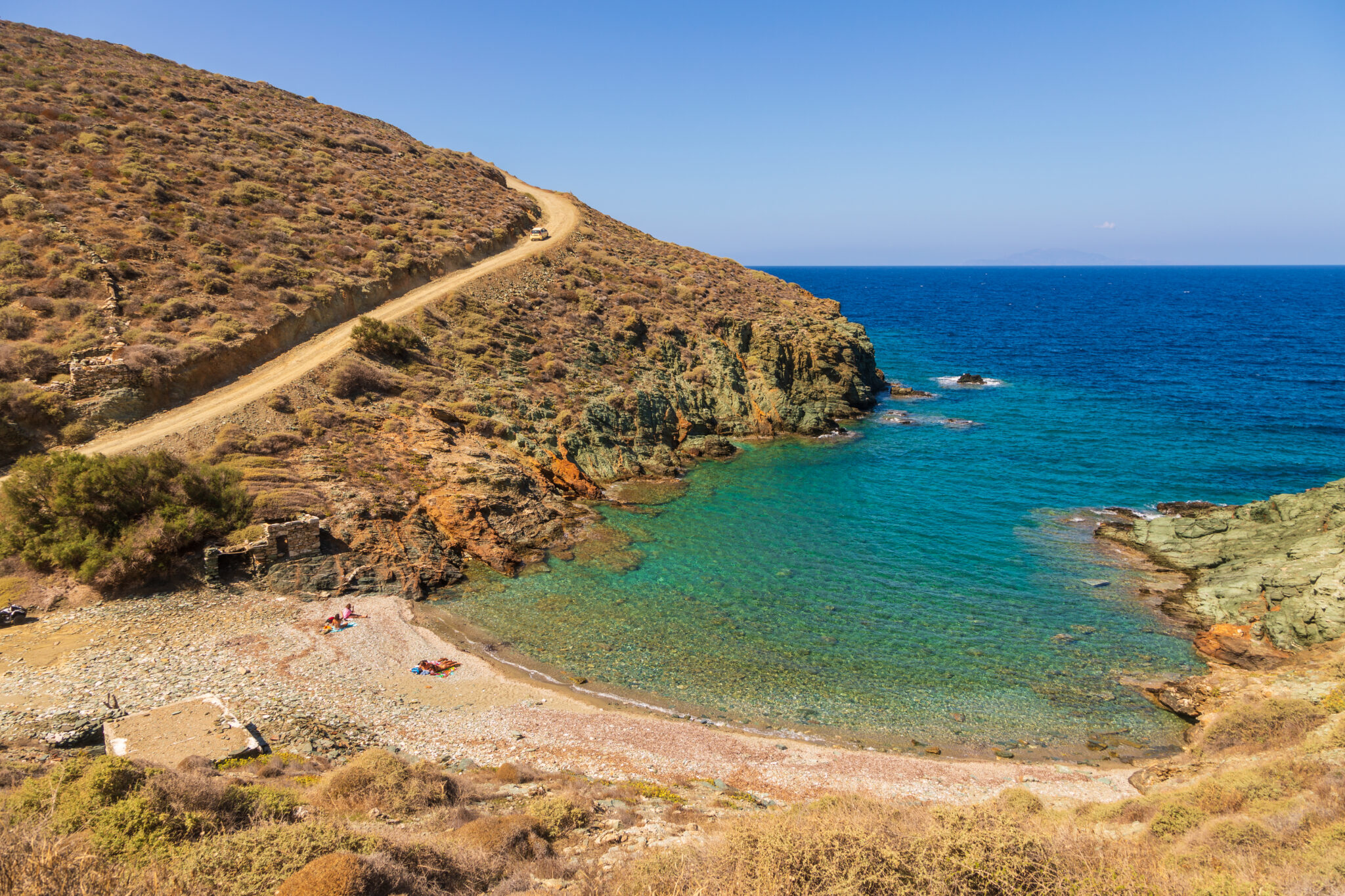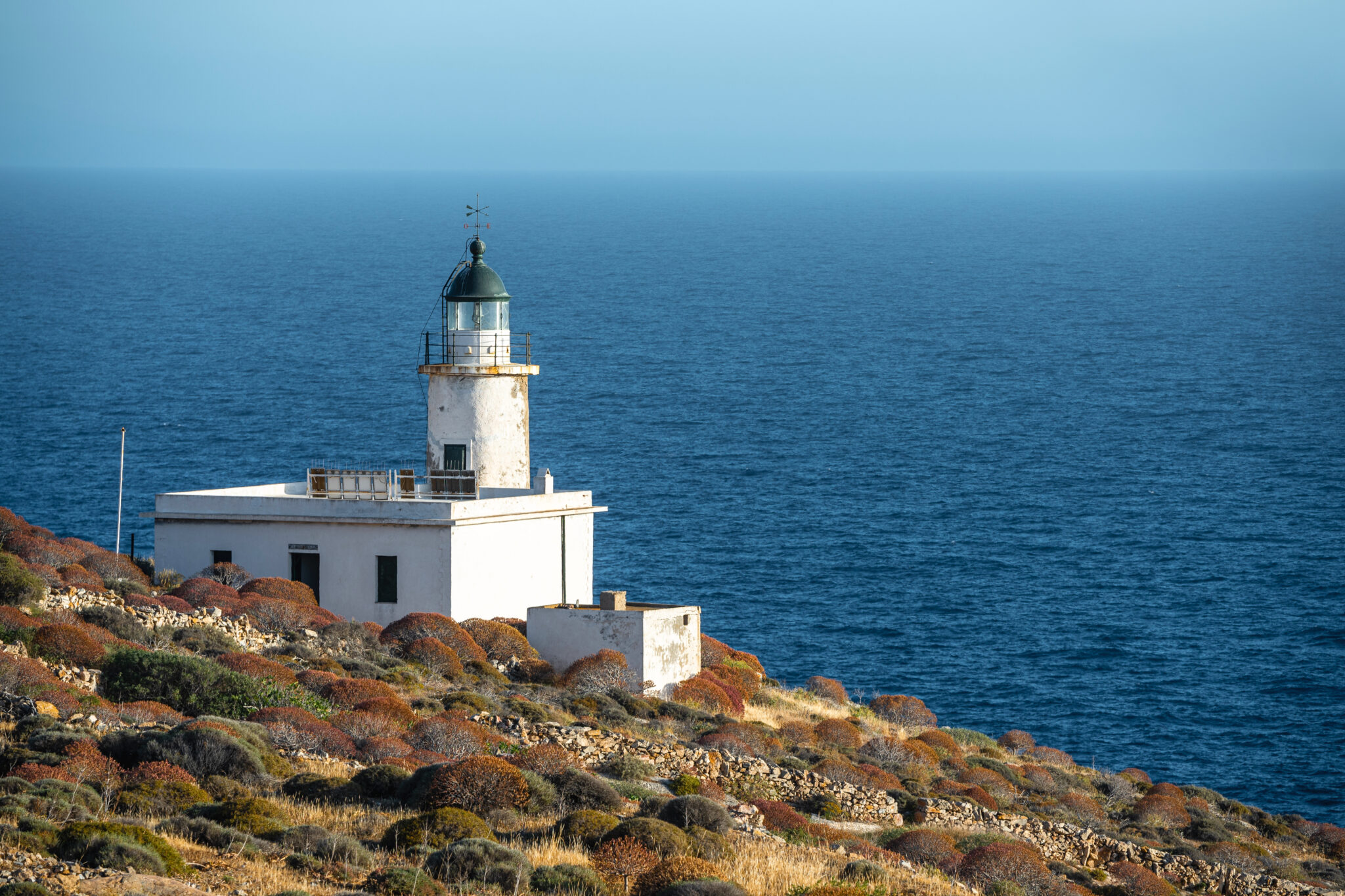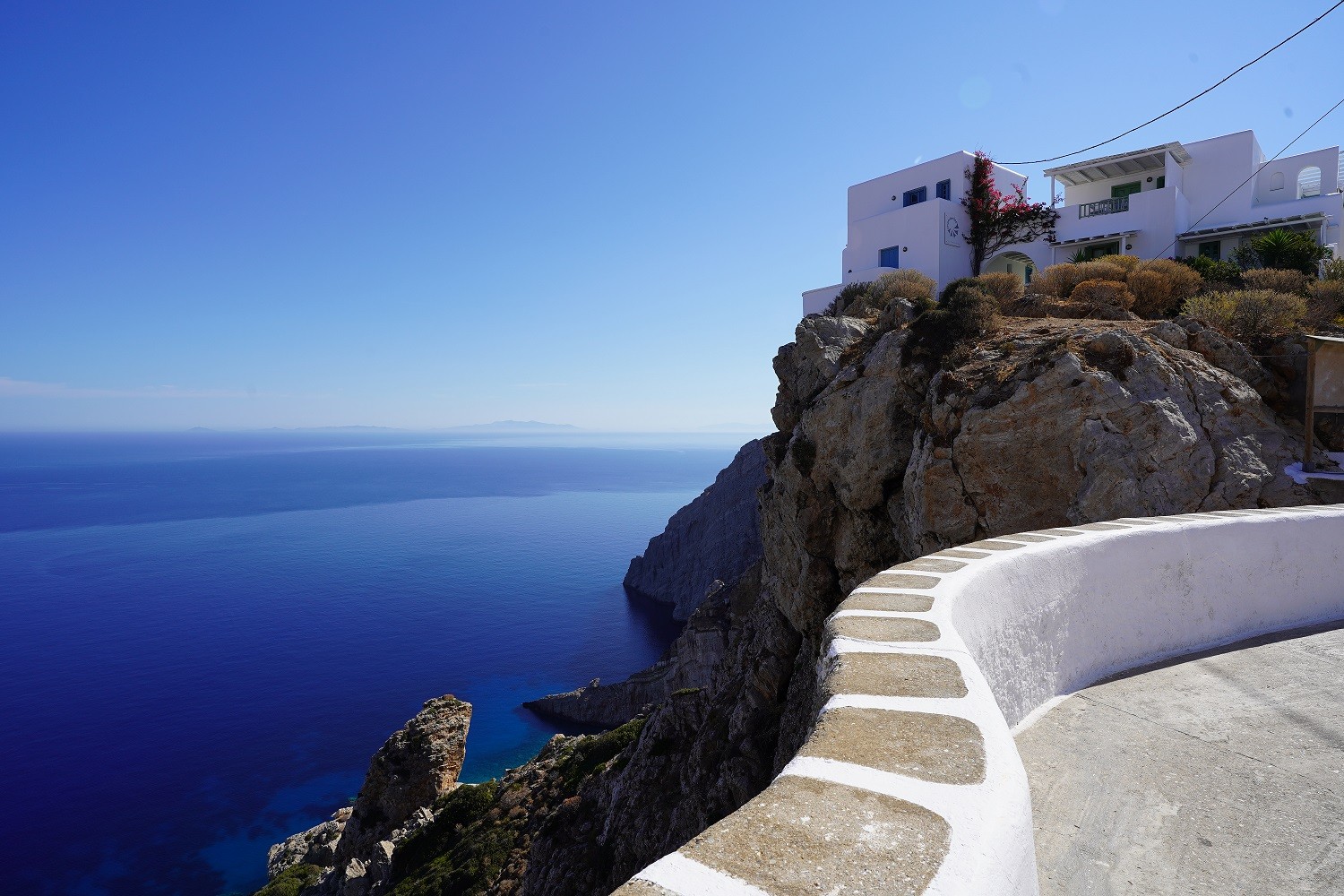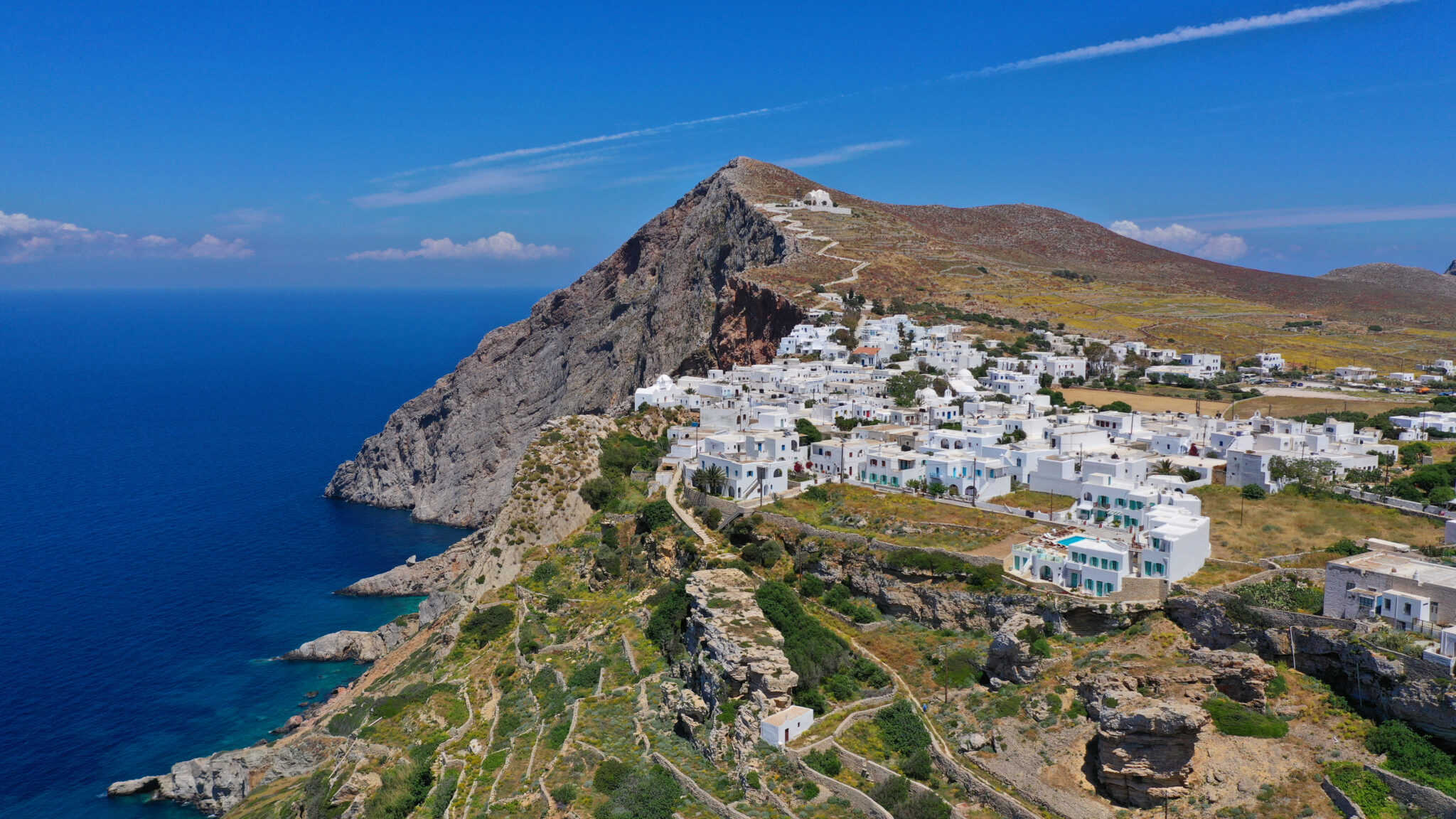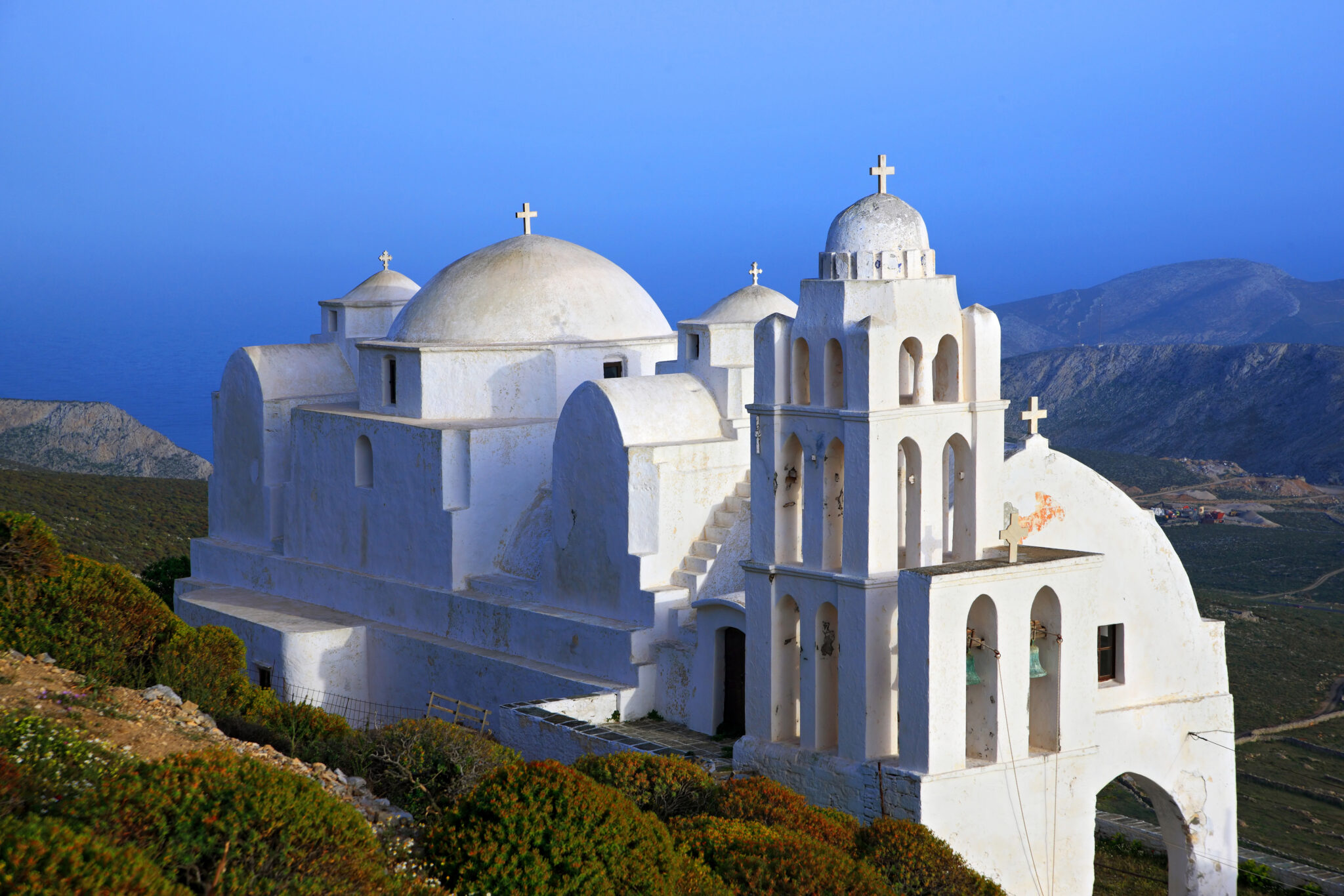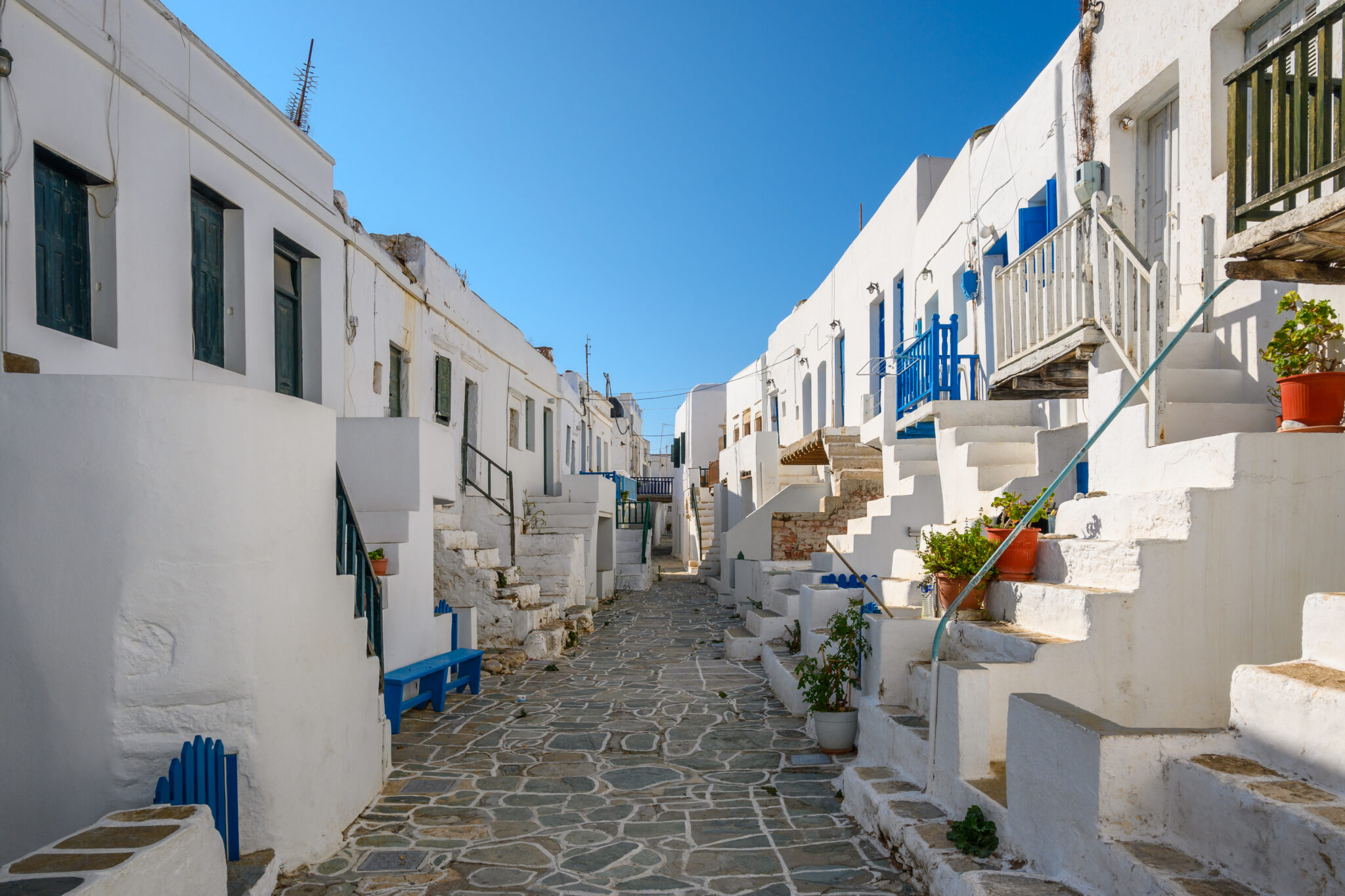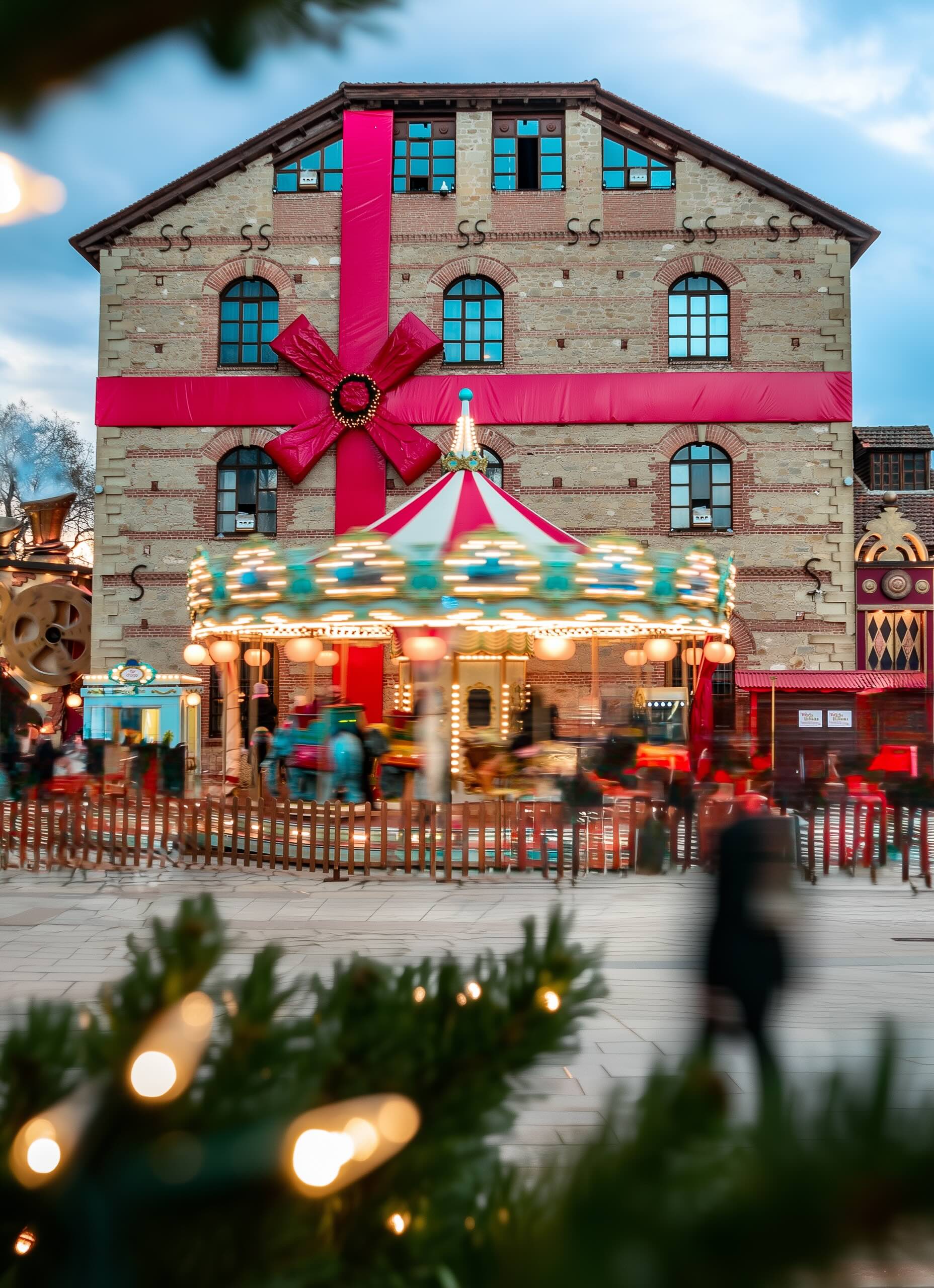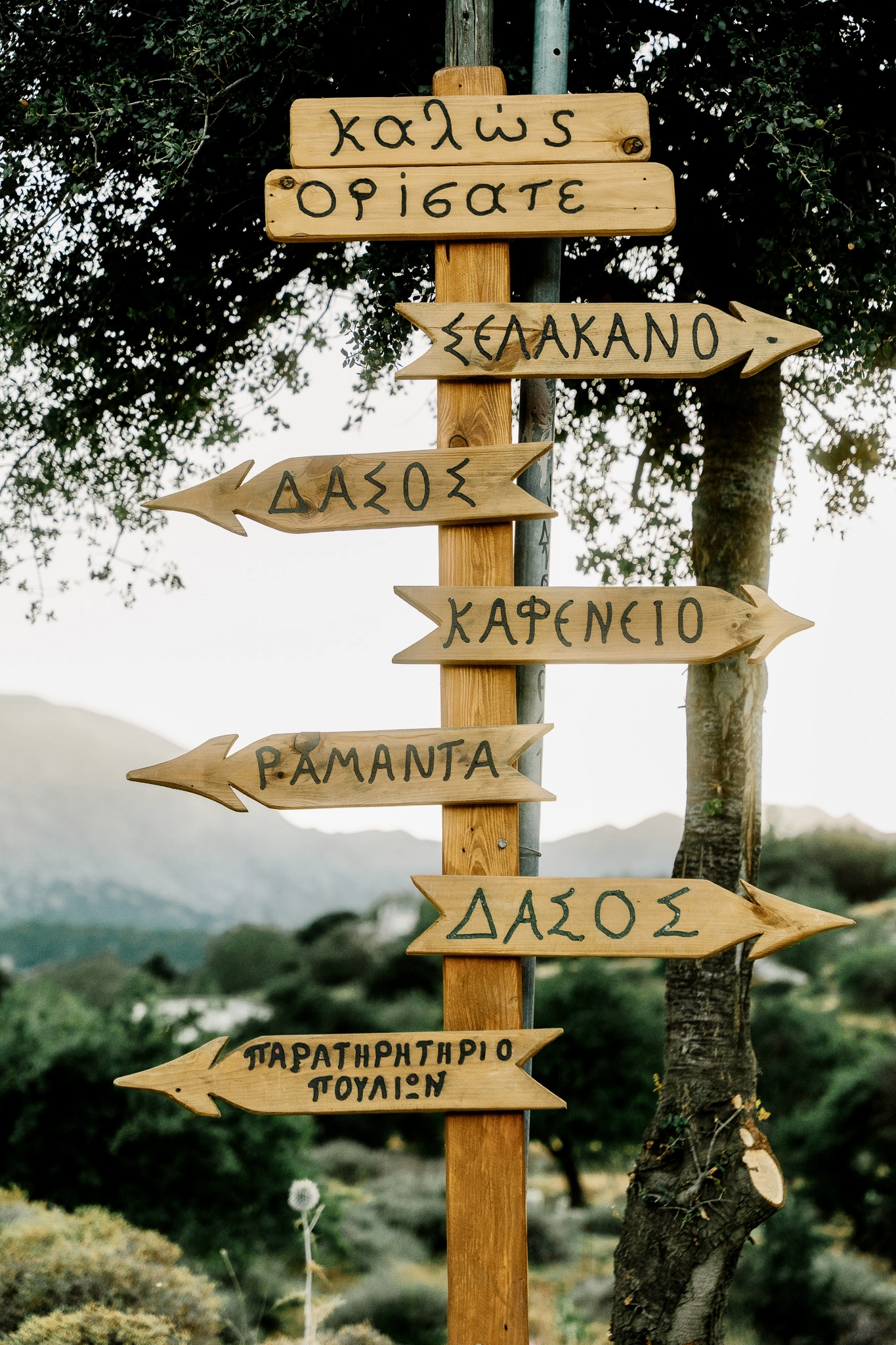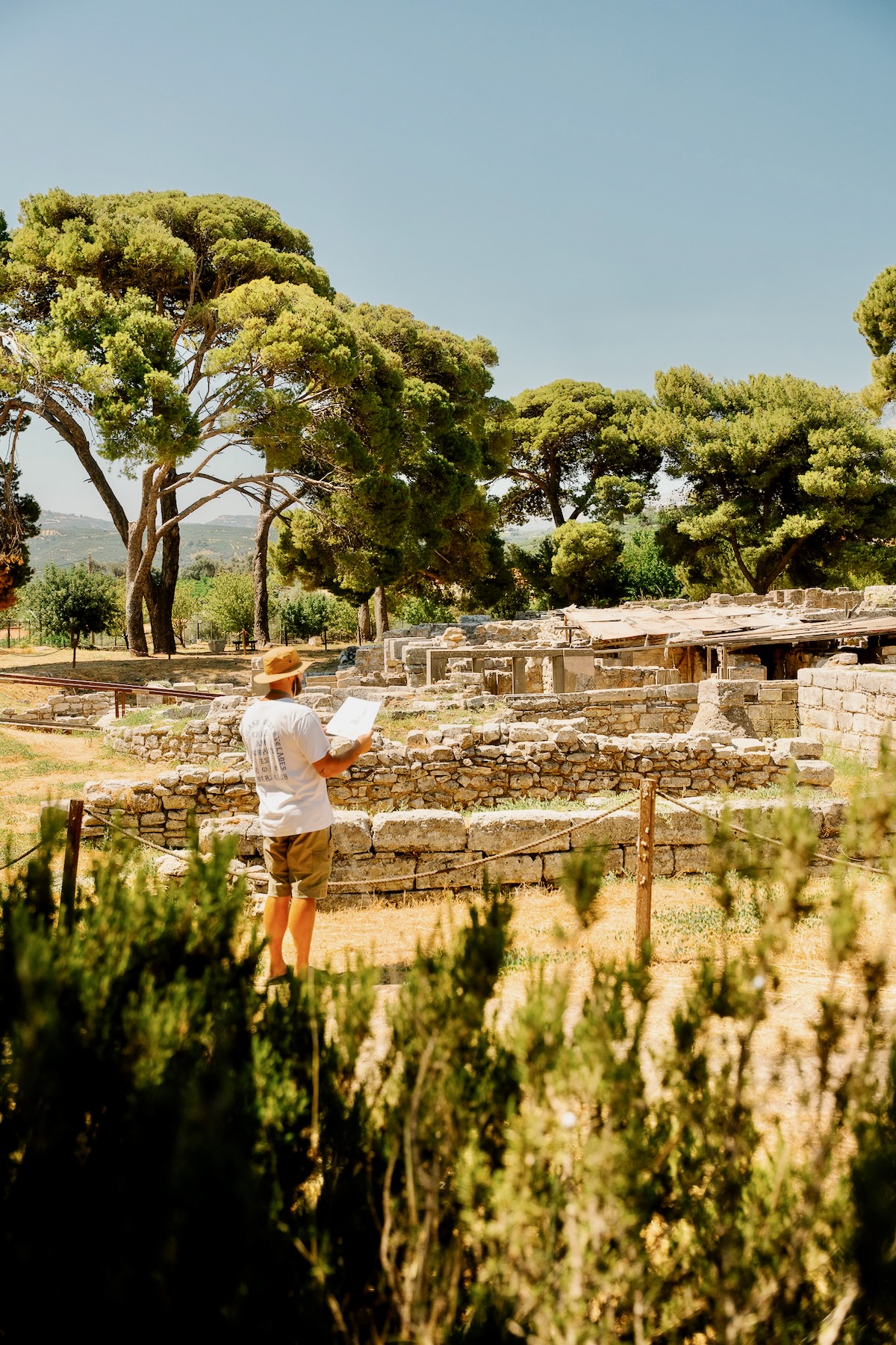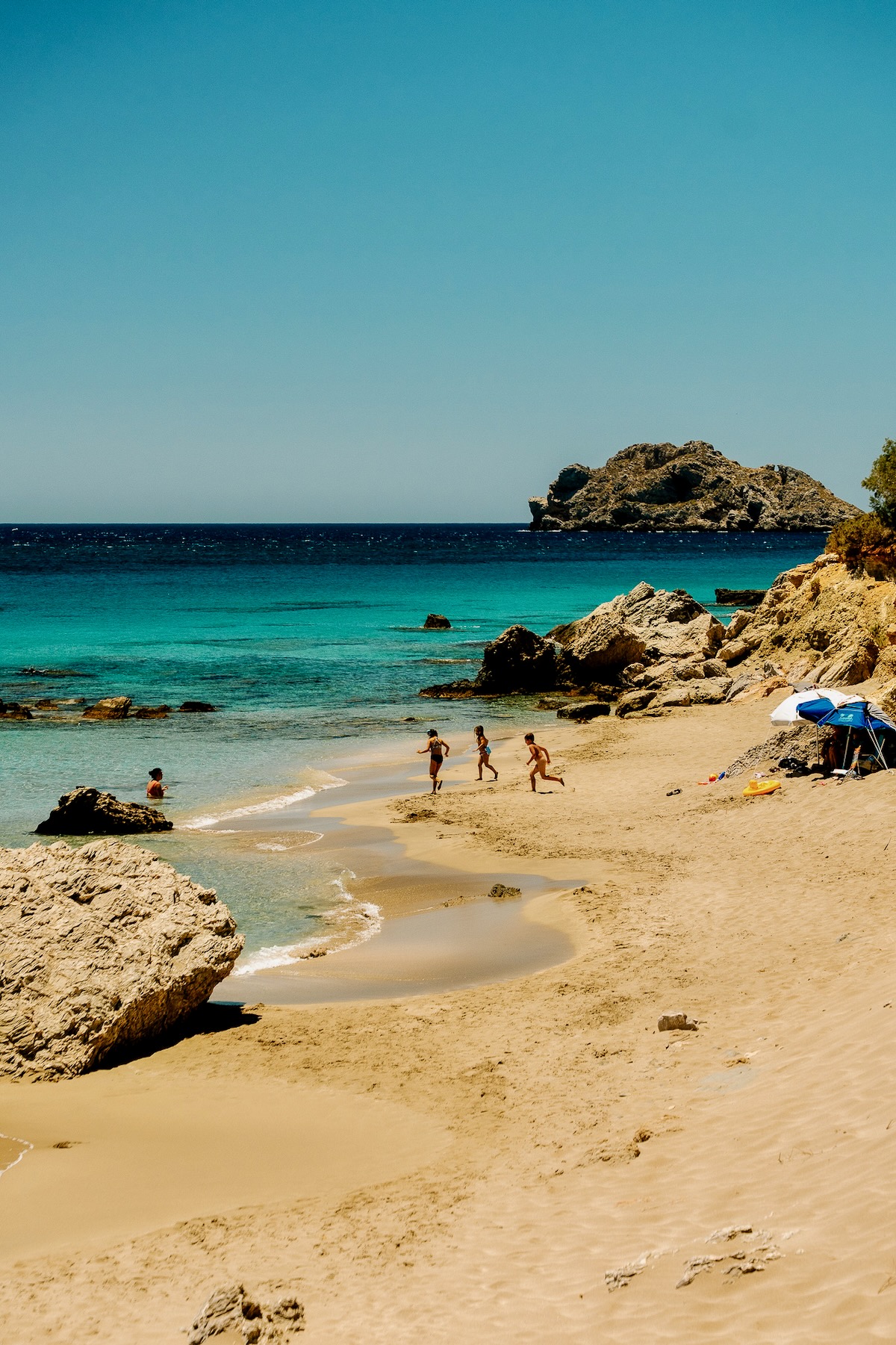Discover the authentic pleasures of Greek island life on Folegandros, a small, rugged paradise offering picturesque views, pristine beaches, and a rich local food tradition. Explore the charming Chora village with its whitewashed buildings and vibrant streets, or visit the iconic Church of Panagia perched high above the sea. Immerse yourself in the island’s history as you wander through the well-preserved Kastro fortress city. Folegandros is a hidden gem for those who appreciate the beauty and simplicity of the Aegean islands.
Chora
200 metres above the Aegean sea and a steep 3 kilometres climb from the port at Karavostasis, the Chora clings to its clifftop perch. Out of view from the harbour, its position was no accident; for centuries the seas around Folegandros were troubled by marauding corsairs and the eyrie-like location helped the islanders prepare for pirate raids.
Today a snug huddle of whitewashed buildings, flower-filled alleys, and brightly coloured woodwork is well tended. The narrow cobbled streets flare out into five consecutive squares shaded by Platanos trees where tavernas and restaurants are decorated with Jasmine and Bougainvillea. Pedestrianised, with vehicles being left out of town, Chora is the heart of the island and among the most beautiful of villages in the Cyclades.
Church of Panagia
One of the most iconic churches in the Aegean, the Church of Panagia, dedicated to the Assumption of the Virgin Mary, dominates the town and stands on the foundations of an ancient settlement near the top of the cliff 360 metres above the sea. A stone path begins in Pounta square and zig-zags up to the church in a steep 15 minute climb. The exact age of construction is not known but parts of an earlier temple were used and ancient inscriptions can be seen. The church was renovated in 1687 and took its present form in 1821 with a single aisle basilica with domes and a bell tower.
The silver icon of the Virgin Mary is believed to be miraculous; legend has it that in 1790 a fleet of pirates was stationed offshore ready to sack the island. The desperate islanders prayed to the Virgin and their piety was rewarded when a strong northern wind sank all the ships and drowned their buccaneer crew.
Every Easter one of the finest celebrations in the Cyclades takes place. The Icon of Panagia is taken from the church and paraded around the open doors of every house, where sweets and cakes are offered to the procession-makers. After three days and visiting all of the villages on the island, the venerable icon blesses the boats of the local fishermen and it is taken out to sea and then returned to the church until next Easter.
Kastro
The best preserved fortress city in the Cyclades, Kastro is the oldest part of Chora. Built by Marco Senudo, the Duke of Naxos, it dates back to 1212 and can be accessed through two arcades; the Loggia and the Paraporti. A street of two storey cube houses form a wall in a very attractive example of a medieval stockade fort with white houses, external staircases, and recessed doors. The days of Venetian prosperity came to an end in 1715 when the Ottomans invaded Folegandros and captured the islanders as slaves. Joining the newly formed Greek state in 1826, the island remained dedicated to agriculture and fishing until the last few decades when tourism has become the main industry.
Read also:
Folegandros: Cycladic Island, Free of Extravagance
Folegandros, ‘an island you always return to’



